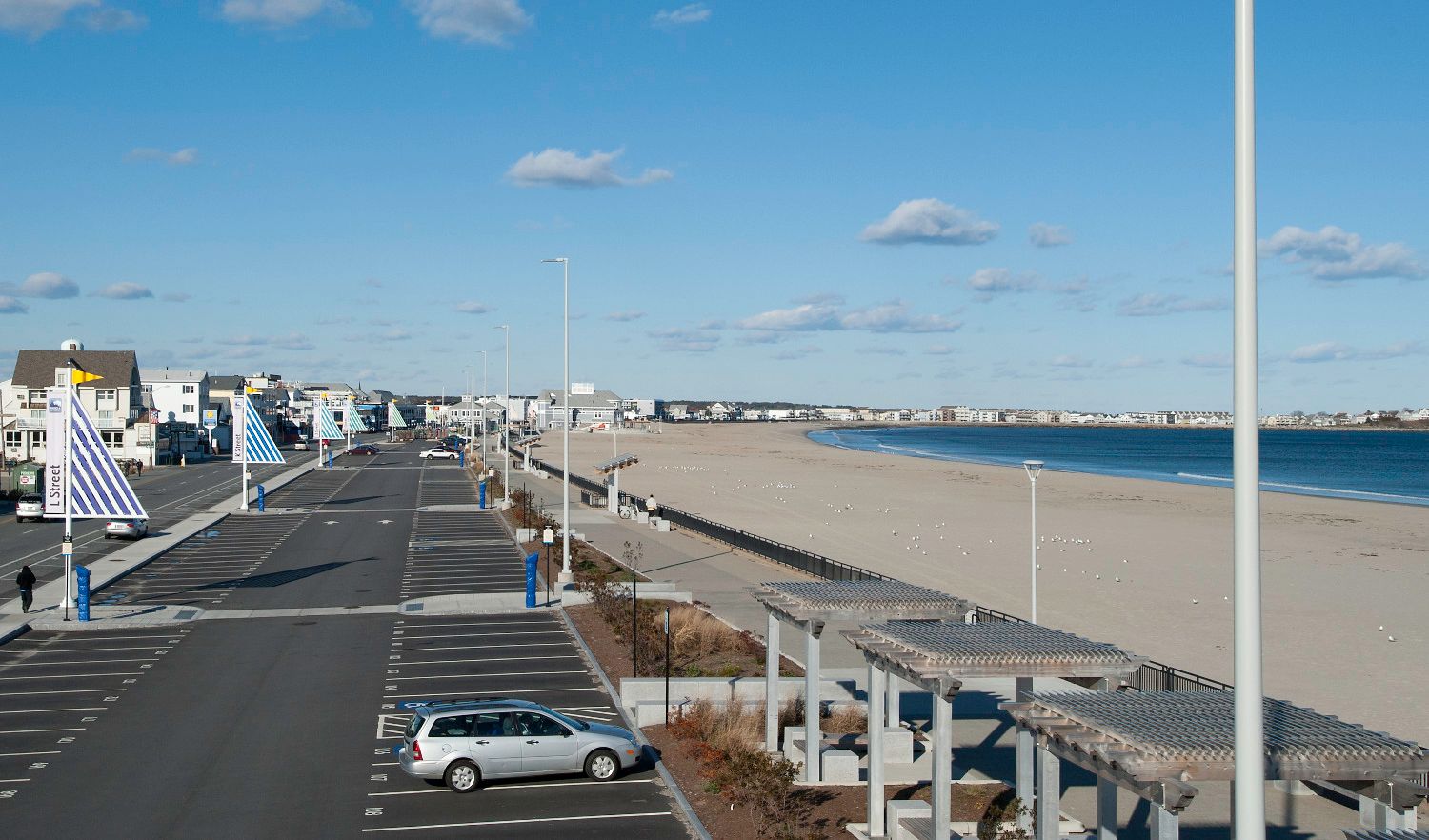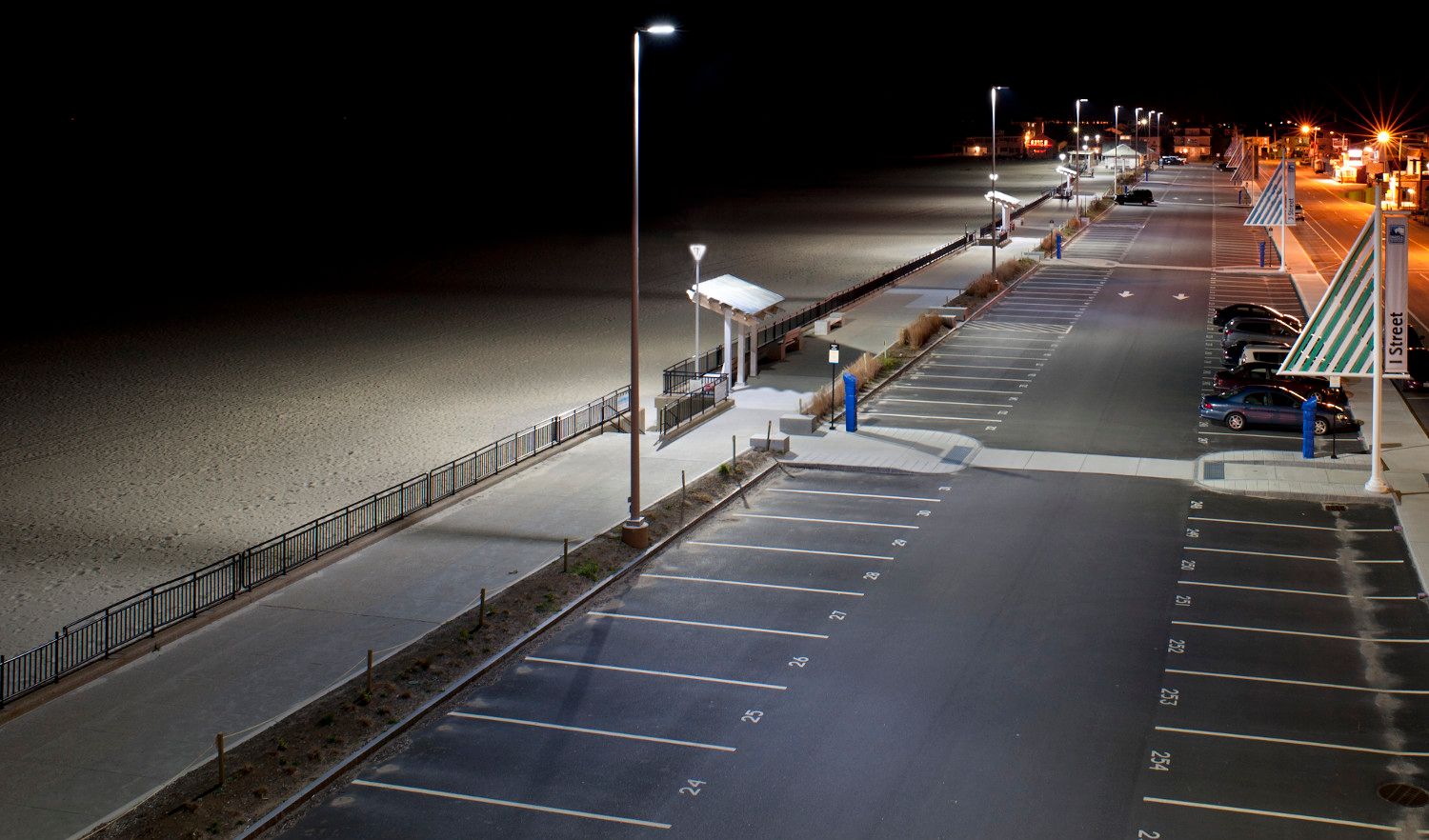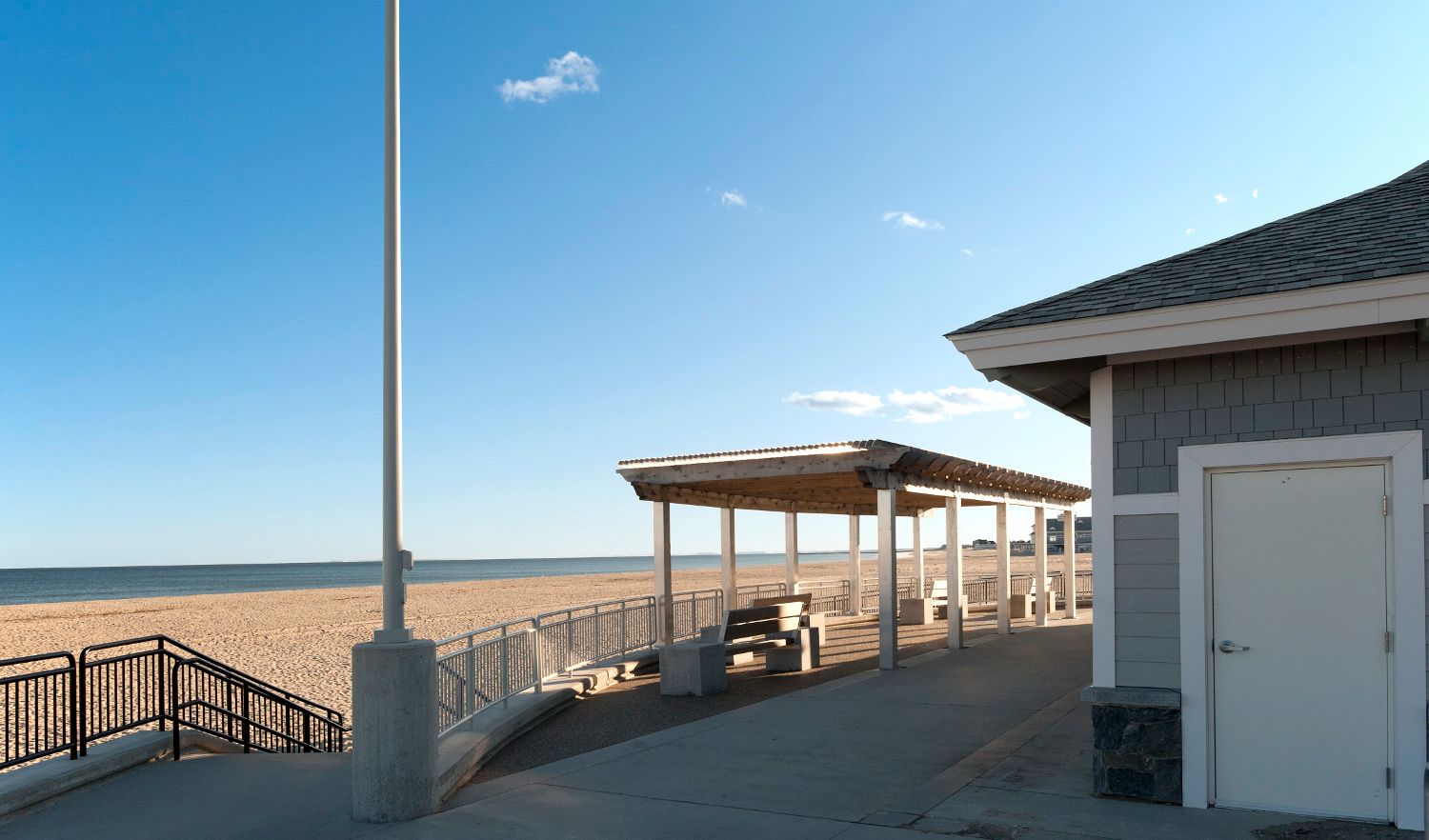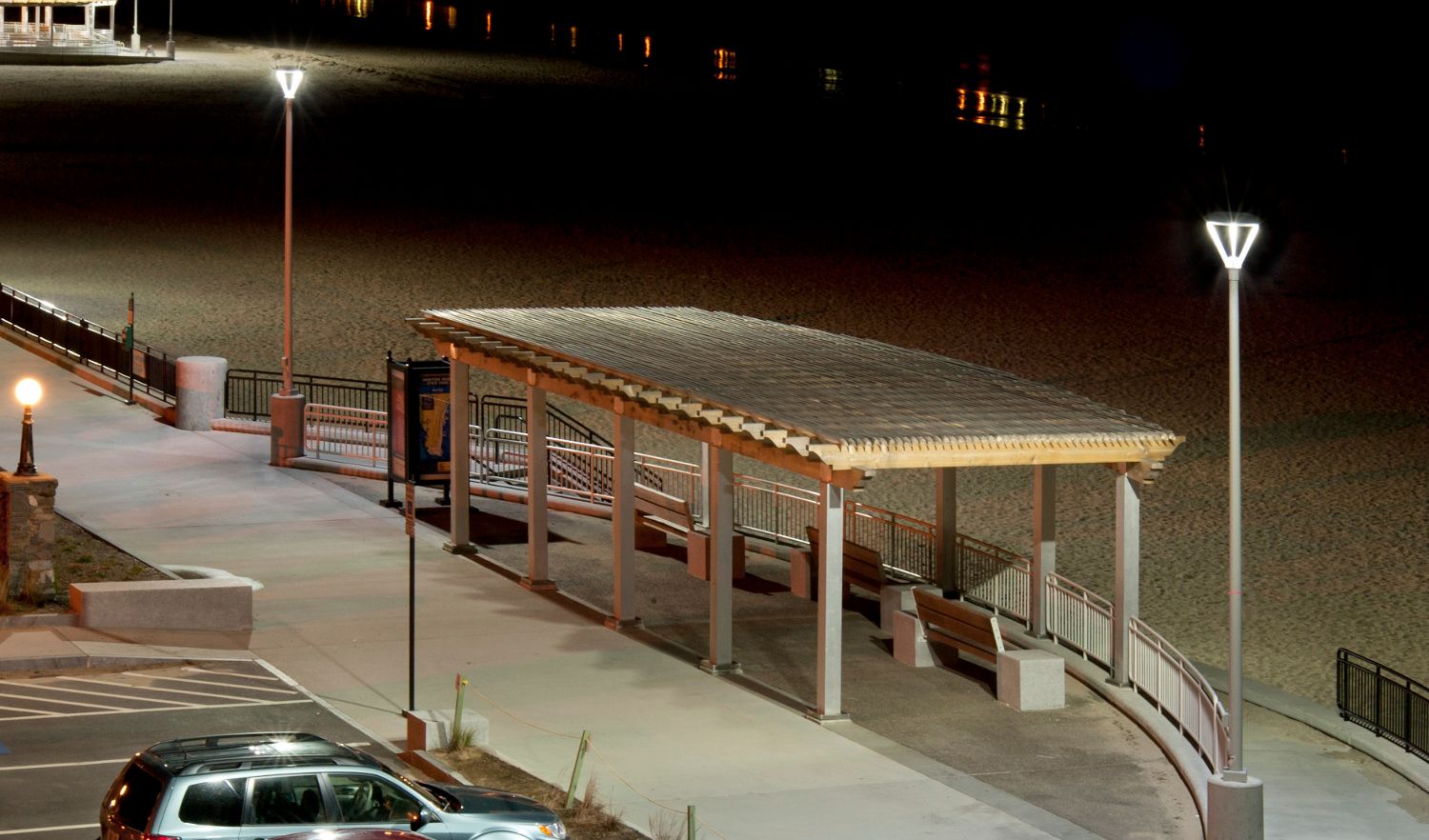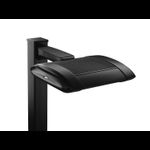Breadcrumb Navigation
- Applications
- Case Studies
- Hampton Beach State Park
Hampton Beach State Park
Hampton Beach State Park improves lighting, virtually eliminates maintenance, consumes less energy, and upgrades aesthetics with Cree® LED luminaires.
- Opportunity
- Solution
- Benefit
Hampton Beach State Park in Hampton, New Hampshire is a highly developed urban oceanfront park that hosts more than one million visitors annually. The Division of Parks and Recreation works collaboratively with the town and local business community to make Hampton Beach a premiere resort destination.
In July 2009, the State of New Hampshire appropriated $14.5 million for the Hampton Beach State Park Redevelopment Project and retained New Hampshire-based Samyn D’Elia Architects, working with ORW Landscape Architects and Planners, and Vanasse Hagen Brustlin Engineers, to transform the existing park in two phases. The team prepared feasibility plans for a family-friendly hub that was reminiscent of local vintage architecture yet tough enough to handle crowds and harsh seaside conditions.

